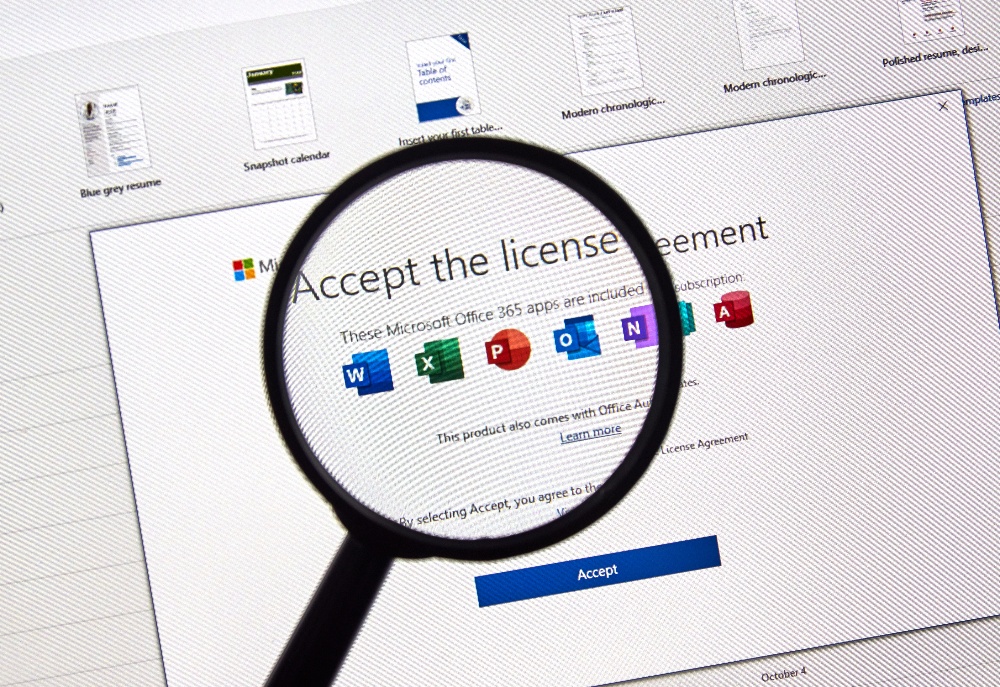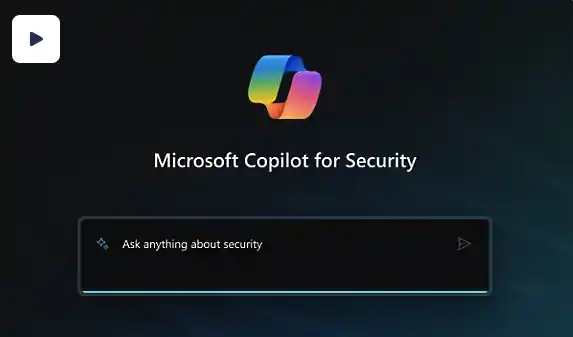Important 2024 Microsoft Licensing Updates
There is some big news in the world of Microsoft licensing this month! In the summer of 2023, Microsoft modified the licensing for Microsoft 365,...
These are some notes I took at TechEd a couple of years ago.
7 Steps to Secure Environment:
10 Immutable Laws of Security Patch Management

There is some big news in the world of Microsoft licensing this month! In the summer of 2023, Microsoft modified the licensing for Microsoft 365,...

TCRG (The Consolidated Rehab Group), specializing in vocational rehabilitation for military personnel and veterans, partnered CloudServus, a leader...

At CloudServus, we continuously explore innovative solutions to enhance cybersecurity effectiveness and efficiency. Our team recently came across an ...